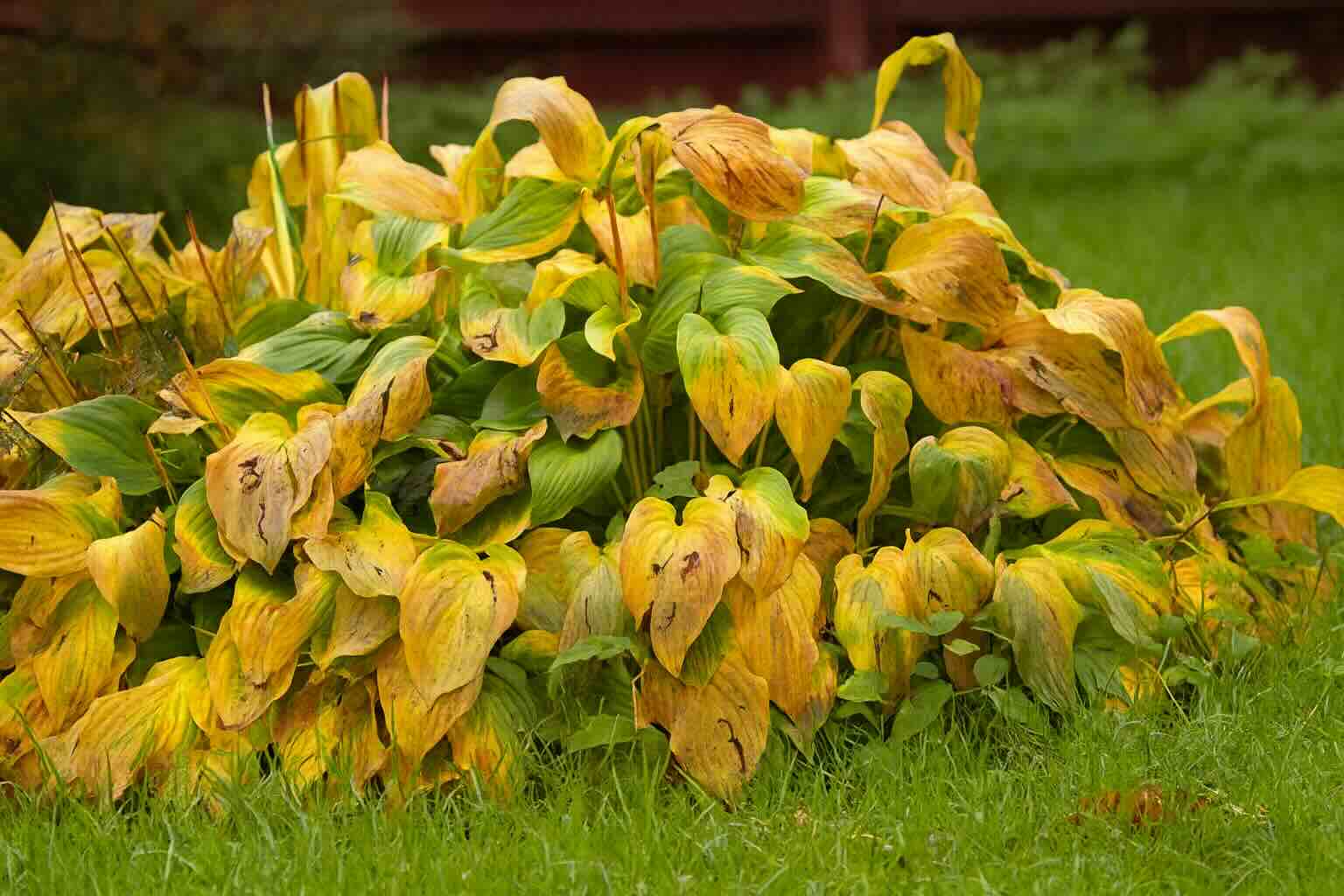Imagine this it’s late autumn, and your garden is painted in golden yellows and soft browns. The air is crisp, carrying the scent of fallen leaves and damp soil. Among the fading blooms, your once-lush hostas now lie low, their broad leaves curling and wilting with the season’s chill. You pause, pruners in hand, wondering: should you tidy them up now, or let them rest until spring?
A gardening tradition with deep roots
For generations, gardeners have wrestled with the same question. In old cottage gardens across Europe and North America, cutting back perennials in fall was part of the yearly ritual of “putting the garden to bed.” It wasn’t just about tidiness—clearing away dying leaves helped prevent pests and disease from finding shelter over winter.
In Japan, where hostas originated, gardeners often allowed the plants to follow their natural rhythm. Leaves were left to wither and decay, enriching the soil and feeding the crown below. Both traditions remind us that gardening is not one fixed rule but a balance between care and nature.
Why the debate matters today
Modern gardeners find themselves divided. Some prefer a tidy autumn cleanup, leaving beds neat and ready for spring. Others choose to let hostas stand through the winter, seeing beauty in the sculptural form of frost-kissed leaves and valuing the natural insulation they provide.
This debate is more than cosmetic. Cutting too early can weaken plants, while waiting too long can leave pests—especially slugs—lurking in the debris. The best choice often depends on your climate, your style of gardening, and how much patience you bring to your backyard.
Benefits for both you and your garden
Cutting back in autumn has clear perks. It reduces the risk of fungal diseases and keeps slugs from laying eggs in decaying leaves. It also gives your garden a clean, well-kept look that many people find refreshing before the quiet of winter.
On the other hand, leaving foliage until spring provides a natural blanket against harsh freezes. The withered leaves protect the crown during freeze-thaw cycles and even offer a haven for pollinators that nest in dried stems.
I learned this lesson last year after cutting my hostas too early. By spring, they looked weak and slow to emerge. This year, I let a few clumps stand through the winter. Watching the frost sparkle on their leaves gave me joy, and come April, those hostas pushed up stronger, reminding me that sometimes, patience pays.
When to cut back hostas
If you choose autumn cleanup, the ideal time is after the first hard frost, when the leaves have yellowed and collapsed. Cutting back earlier robs the rhizomes of precious energy that fuels next year’s growth.
The safe window usually falls between mid-October and November, depending on where you live. By then, the leaves no longer feed the roots and can be trimmed without harm.
If you miss that window, don’t panic. Simply wait until spring. Clear away the old foliage before new shoots appear, taking care not to damage the tender green tips. Adding a light mulch of pine needles or straw can offer extra winter protection—just be sure not to smother the crown.
How to cut back hostas step by step
- Wait for frost – Let the leaves yellow and flop before trimming.
- Gather tools – Use sharp pruners for small clumps, hedge shears for larger beds, or even a string trimmer for extensive patches.
- Cut close to the ground – Leave 2 to 3 inches of stem above soil level to protect the crown.
- Clear debris – Collect all cut foliage. Compost it if it’s disease-free; otherwise, dispose of it to avoid spreading pests.
- Add mulch – Spread a thin layer of natural mulch around, but never directly over, the crown.
Safety and precautions
Be cautious when cutting wet hosta leaves—they can be slippery underfoot. Always clean your tools before and after use, especially if your plants showed signs of powdery mildew or other fungal issues. This helps prevent spreading disease to healthy plants.
If you live in a very cold climate, consider leaving some foliage in place as added insulation. Conversely, if your area is damp and slug-prone, a fall cleanup may be the better choice.
A mindful moment in the garden
Whether you snip your hostas down in autumn or wait until spring, the process itself offers more than just plant care. It’s a chance to pause in the garden, breathe in the earthy air, and feel the cycle of the seasons. Watching plants retreat, knowing they’ll return stronger in spring, reminds us that rest is as vital as growth.
Gardening is not about perfection—it’s about rhythm, patience, and the quiet joy of being in tune with nature.
So, what will you choose this year—an autumn cleanup or a spring fresh start? Both paths lead to healthy, thriving hostas.
Have you tried both approaches? Did you notice a difference in your plants’ growth or vigor? Share your experience with fellow gardeners. Your story may be the gentle nudge someone else needs as they decide what to do with their hostas this season.
